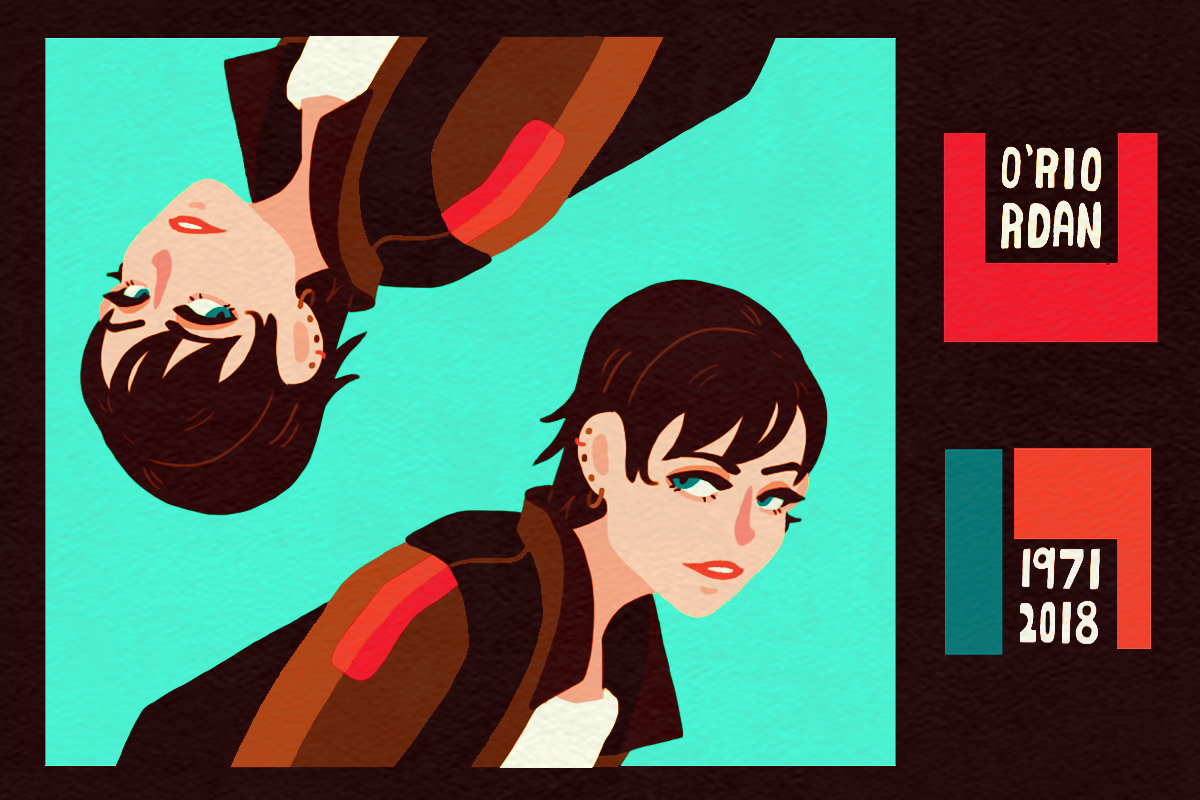
How does one find a balance between pursuing art and making a living, while still fulfilling certain expectations? As artists, this is an ongoing and extremely arduous quest.
The simplistic view of why people work is to earn money. By choosing to go to an art school, artists have already taken a leap, and have accepted the effort and struggle that it takes to be successful. Money is no longer the motive.
But how are people expected to believe in what they are doing when their paychecks do not believe in them?
Kevin Matthew Demery, a graduate painting student at the School of the Art Institute of Chicago (SAIC), shares: “As an artist, you operate as an independent contractor of a sort. To this end, it becomes imperative that you must retain a fixed salary or income to sustain yourself as a working artist. Even the largest cultural figures in the visual art world work at universities for this reason. I believe that my stance is to make a positive effort towards keeping overhead costs at a minimum.”
Artists find themselves seeking ways to afford education. Factors like living and sustaining add up. This is another commitment that comes with immense struggle. Sometimes, student artists are supported by their parents or guardians. During times like these, being able to convince others of one’s ability to succeed in the field is key to helping families understand what they are investing in. Each parent has expectations for his or her child. More often than not, students find themselves in a constant battle between rebelling and obeying. On this, Kevin says, “To acquire housing, whether bought, or cheaply rented is imperative. Keeping a savings is needed as well. These things allow you to not get caught in wage slavery. Artists need freedom, and working on anything other than your practice depletes this freedom. To end, it is a throwing away of a common life contract. We, as artists, forfeit the security of boundaries in pursuit of freedoms. These freedoms must be negotiated with the expectations of the greater society. Whether or not our families or partners agree, it is up to us to make spaces and decisions that we are comfortable with.”
In America, pursuing art is often more encouraged than it is in other countries. Thus, international students may find themselves working harder towards turning their dreams into realities. Alice Yun, an SAIC transfer student from Korea pursuing Painting and Art Therapy, shares that art is not encouraged where she comes from. The only art form that is encouraged is design because it is believed to be more “practical.” Therefore, a large number of Korean students go to art school only to pursue a degree in a design field. Furthermore, she shares, “I have a prior degree in Business. My brain works differently. Unlike other students who go here, I am constantly thinking about how to make a business out of my practice.”
While the differences in lifestyles and mentalities of people from different countries influence artists’ choices, another factor that makes their choices more difficult is the lack of scholarships available for international students. While sharing her experience as an international student, Alice reveals, “As international students, what we can do here is we can focus on making good relationships with others. This is another perspective, from my business-minded self. But really, in art school, grades do not matter as much. Relationships are what last forever. Not only the ones with professors, but also with friends.”
To find a balance, Alice makes sure she has a plan. She wants to be a painter as well as an art therapist. She says that it is a very big deal to have a baby in Korea, so when people do have children, they dedicate their lives to them. Currently, Art therapy in Korea is an up-and-coming field. Parents enroll their children into art therapy when they are worried about them going down wrong paths through the influence of their peers, or about their future. Alice wants to eventually go back to Korea and use her practice to work with children; however, she believes that there are more job opportunities in the US. Thus, she plans to get into a real estate business in the states, and make enough money to be able to pursue art. She concludes, “When my business gets stable, I will spend more time on art. I want to work till I die. I want to be an artist till I die. I do not want to think about retirement.”
Another graduate design student, who chose to remain anonymous, shares that there is no such thing as a “balance.” A side has to win, while the other must lose. She believes that pursuing art or design would never fulfill her when considering monetary needs and desires. She says that in the art world, designers are not commercially motivated, but personally motivated. Despite her parents’ disapproval of her art, she continues to pursue what she is passionate about — design. However, she seeks to pursue a secondary job to fulfill her monetary needs. “This is what artists are doing nowadays! Take for example our professors: They are artists first. They only teach because that is what provides with some substantial income.”
Andrea Hunt, a graduate architecture student at SAIC shares that it is easier for her to pursue art, because architecture is a more practical or commercial form of art. It involves mathematics and physics. “There is immense sociological criticism for non-traditional careers. But I am confident in what I am doing.”
Has art come to the point where it needs to be supported by something else, in order to make it more real? Should we change the way we make art, or can the world change the way it looks at art? Any answer could just be the right one.








It’s time to create a co-op based art school – cut the administration that sucks the money out, have the teachers be the owners to determine the basic salary and benefits. Teach real skills as well as practical ones. Time to protect creativity and each other!
Absolutely, Diane! We have come to a generation where thinking can no more be linear. Thank you for being the voice for that change. Let’s move towards it.